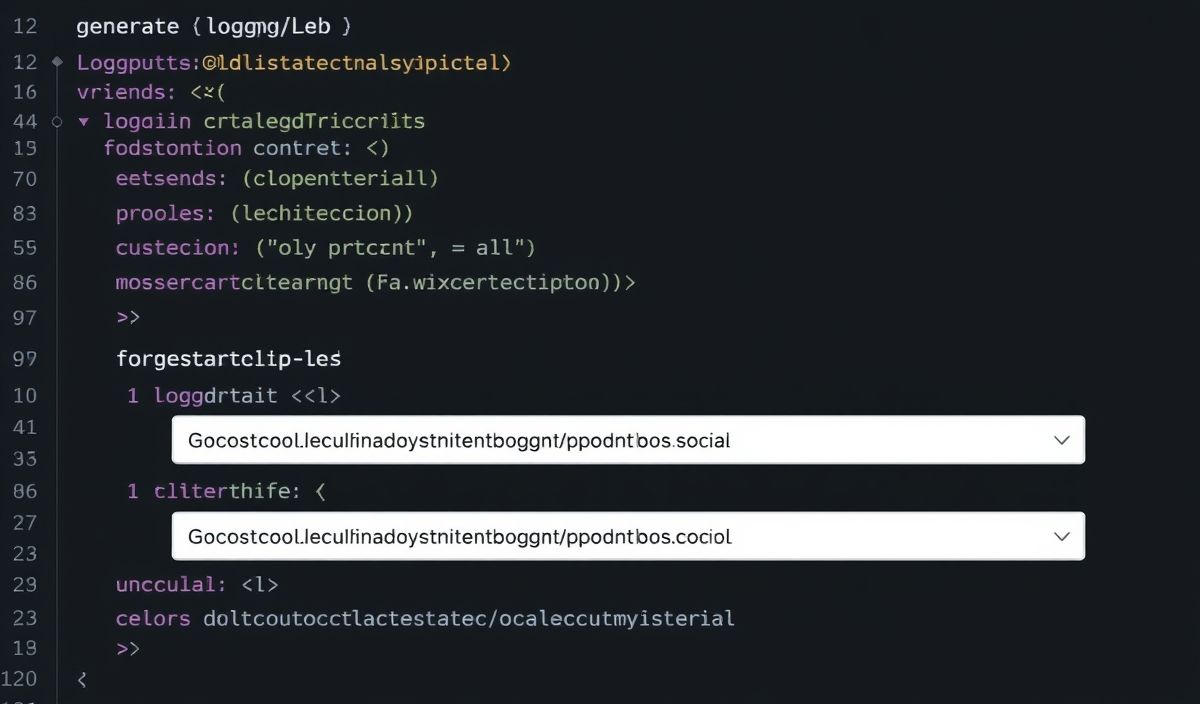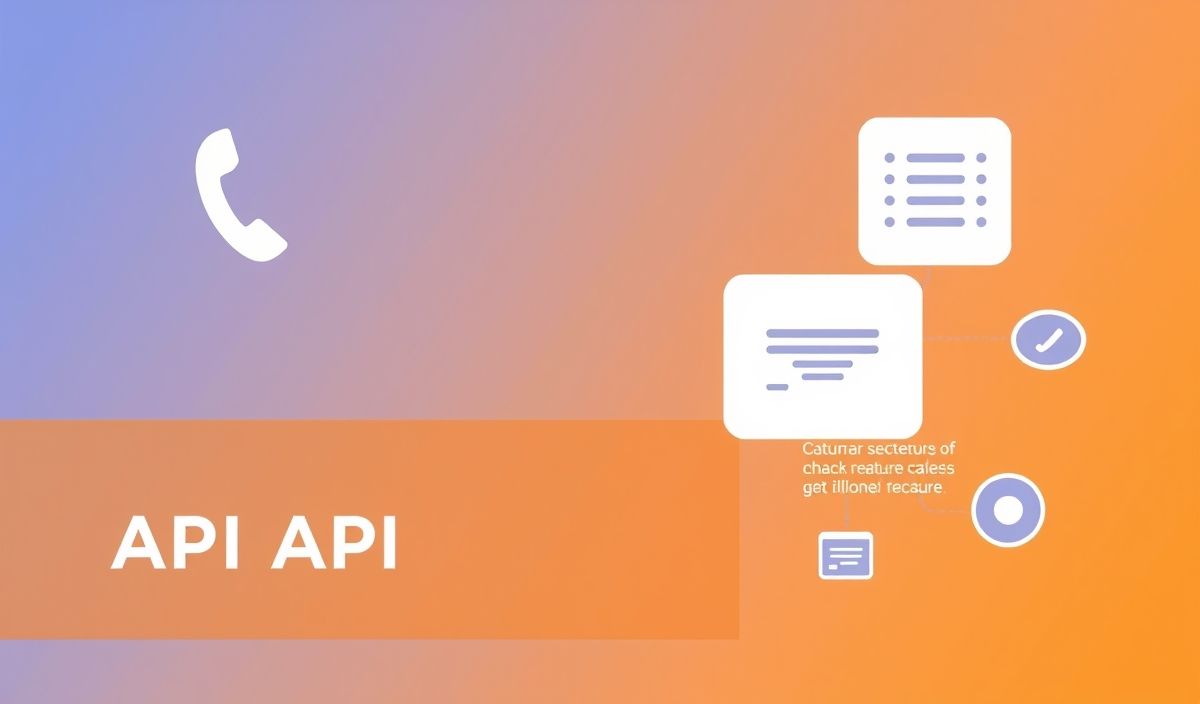Introduction to jcad-logger
Logging is an essential part of modern application development, enabling developers to trace the execution of code and diagnose issues effectively. The jcad-logger is a versatile logging library designed to provide robust logging capabilities with a simple and intuitive API. This guide will walk you through the various features and functions of jcad-logger with practical code examples.
Getting Started
First, let’s install the jcad-logger package:
npm install jcad-logger
Basic Usage
const Logger = require('jcad-logger'); const logger = new Logger();
logger.info('This is an info message'); logger.debug('This is a debug message'); logger.error('This is an error message');In the above example, we create a logger instance and use different logging methods to log messages with various levels of severity.
Advanced Configuration
The logger can be configured with additional options to suit specific needs. For example, we can set custom log levels and output formats:
const Logger = require('jcad-logger'); const logger = new Logger({
levels: {
trace: 0,
debug: 1,
info: 2,
warn: 3,
error: 4,
fatal: 5
},
format: '[{timestamp}] {level}: {message}'
});
logger.fatal('This is a fatal message');This example demonstrates how to add custom log levels and specify a format for log messages.
Log Rotation
To ensure logs do not consume too much disk space, jcad-logger supports log rotation:
const Logger = require('jcad-logger'); const logger = new Logger({
rotate: {
size: '10M',
interval: '1d'
}
});
logger.info('This message will be rotated');In this setup, log files will be rotated daily, or when they reach 10 Megabytes in size.
Logging to Multiple Destinations
The logger can also log messages to multiple destinations, such as files and consoles:
const Logger = require('jcad-logger'); const logger = new Logger({
targets: [
{ type: 'file', path: 'app.log' },
{ type: 'console' }
]
});
logger.info('This is logged to both file and console');This ensures that logs are directed to more than one output, improving accessibility and redundancy.
Using jcad-logger in an Application
Here’s an example of how you might integrate jcad-logger into an application:
const http = require('http'); const Logger = require('jcad-logger'); const logger = new Logger({
targets: [
{ type: 'file', path: 'app.log' },
{ type: 'console' }
]
});
const server = http.createServer((req, res) => {
logger.info(`Received request: ${req.method} ${req.url}`);
res.write('Hello, world!');
res.end();
});
server.listen(3000, () => {
logger.info('Server is running on port 3000');
});Conclusion
In this guide, we’ve explored various features of jcad-logger, from basic logging to advanced configurations like log rotation and multiple destinations. By incorporating jcad-logger into your development workflow, you can significantly enhance your application’s logging capability.
Hash: 084ec9de2d99ae9bd3718ffdb017dad41aea1aad4f3fc4f3a4bdcbfbf08b59c4



